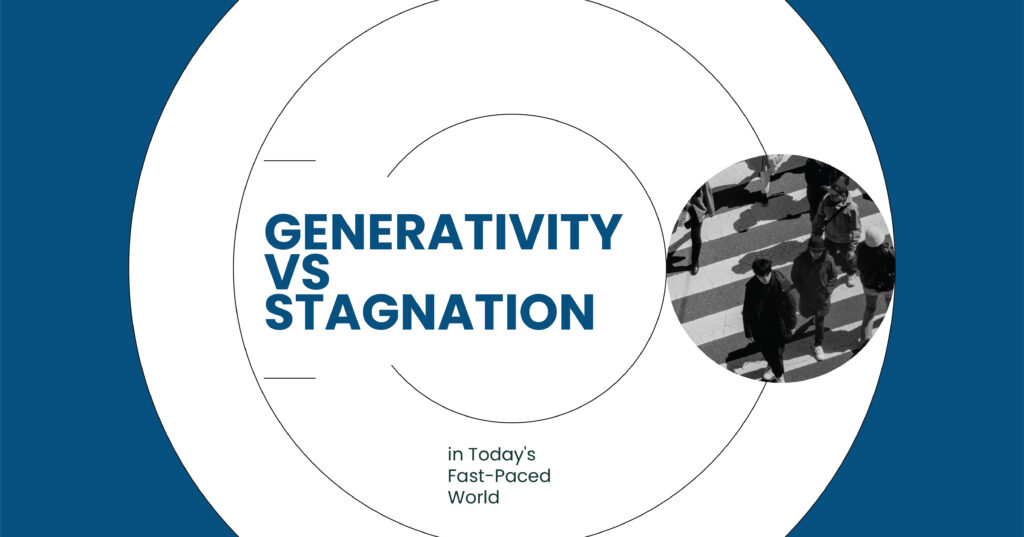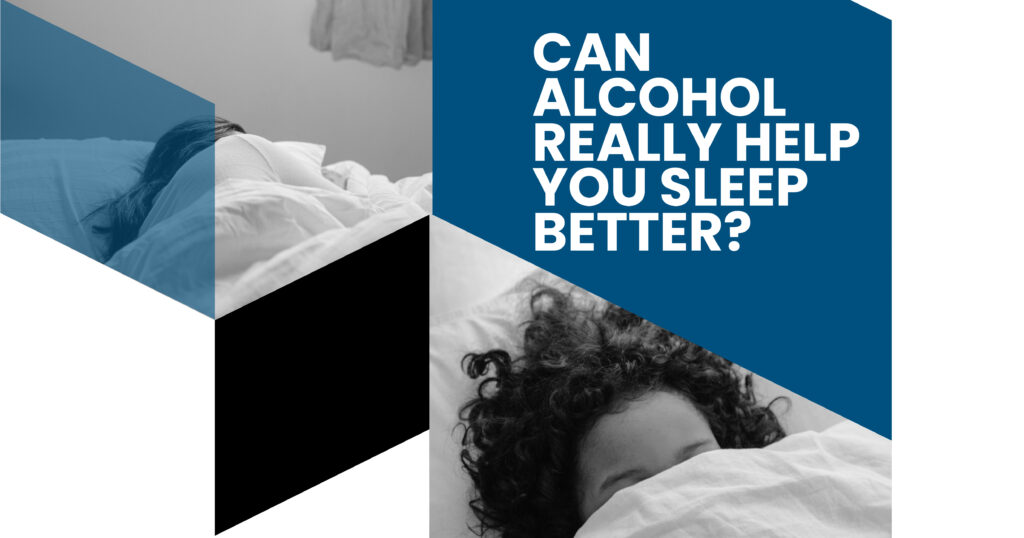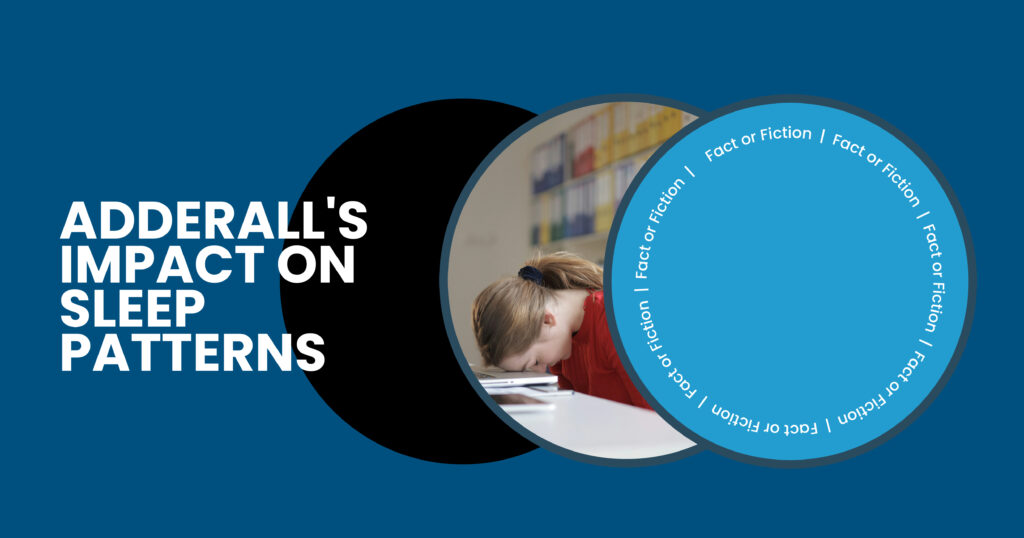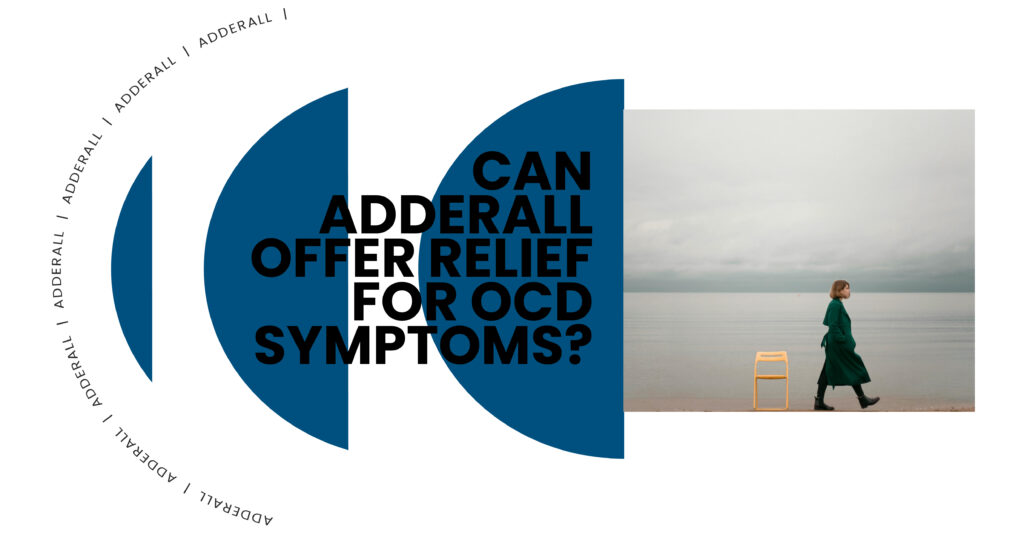Navigating Generativity vs Stagnation in Midlife

Authored By:
Raleigh Souther

Edited By:
Chase Mcquown

Medically Reviewed By:
Dr. Alejandro Alva
- Last Updated:

Sometimes, people get to a point where success feels hollow. The promotions, the salary increases (even the social media likes) won’t even hit the same way anymore. That’s also when we find ourselves asking uncomfortable questions:
What’s the point of all this hustle? Am I just spinning my wheels? Will anyone remember what I did with my life?
These feelings are not symptomatic of any personal failing. They’re actually a sign that you’re entering one of the most important phases of human development. Psychologists prefer to identify this process as the battle between generativity vs stagnation.
It might not be an exaggeration to say that the whole world deals with or has dealt with something similar. Though not always the best feeling in the world, the restlessness is your mind’s way of pushing you toward something better — something that actually matters.
The Core Concepts of Generativity and Stagnation
Psychologist Erik Erikson always believed that generativity vs stagnation is the seventh stage of human development, typically happening around 40-65, though it can happen earlier or later depending on your life circumstances.
- Generativity means creating something that will outlast you. This could be:
- Raising children who become good people
- Mentoring someone younger
- Creating art, writing, or inventions
- Building a business that helps others
- Volunteering for causes you care about
- Stagnation is the opposite. It’s feeling stuck, unproductive, and disconnected from meaningful contribution. Those experiencing it often feel like they’re just going through the motions.
A simple analogy to use:
Generativity is planting trees whose shade you may never enjoy. Stagnation is watching TV reruns while your garden dies.
| Generativity | Stagnation |
| Feels purposeful and energized | Feels bored and restless |
| Focuses on helping others grow | Focuses mainly on personal comfort |
| Creates lasting value | Consumes without contributing |
| Builds connections across generations | Stays isolated in their age group |
| Embraces new challenges | Avoids risks and growth opportunities |
A midlife crisis is most likely to occur when a person realizes that they’ve been existing in stagnation mode.
Of course, what many people don’t know, especially when they’re in the thick of the action, is that you can move toward generativity at any time.

Modern Challenges to Personal Growth and Contribution
Today’s world throws unique obstacles in our path to generativity. Our great-grandparents surely never had to worry about racking all of two likes on an IG/TikTok video you spent hours shooting:
- Digital Overload. We drown in information yet starve for wisdom. Social media shows us everyone else’s highlight reel while we’re stuck in our behind-the-scenes struggles. Constantly comparing ourselves breeds dissatisfaction and makes us feel like we’re not doing enough.
- Career Uncertainty. The days of working 30 years for one company are over. People change careers multiple times, and that makes it harder to build the deep expertise that leads to mentoring others. Gig work and remote jobs leave us feeling disconnected from meaningful professional relationships.
- Geographic Mobility. Families scatter across the country for jobs making the traditional pattern where older generations naturally guided younger ones dangerous close to extinction. Without these built-in mentoring relationships, people struggle to find their purpose.
- Economic Pressure. Rising costs of housing, healthcare, and education mean many people spend their 40s and 50s still focused on basic survival. Hard to think about legacy when next month’s bills haven’t been handled.
- Time Poverty. Everyone feels busy but not necessarily productive. We rush from meeting to meeting, task to task, without time to reflect on whether our efforts matter in the long run.
Balancing Career and Personal Life in a Fast-Paced Society
One problem with the phrase “work-life balance” is that it suggests that these are opposing forces. But for generative people, work and life blend together in meaningful ways.
A few tips to maintain balance:
- Redefine Success
Traditional success metrics focus on money, title, and status. Generative success includes:
- How many people you’ve helped develop
- The positive impact of your work
- The relationships you’ve built
- The knowledge you’ve shared
- Create Boundaries That Matter
Instead of strict 9-to-5 boundaries, focus on energy management:
- Protect time for activities that energize you
- Say no to tasks that drain you without reason
- Build relationships that feed your soul
- Make space for reflection and planning
- Find Your Sweet Spot
The best career development happens when you discover the intersection of:
- What you’re good at
- What the world needs
- What you enjoy doing
- What provides meaning
The Role of Community and Connection in Overcoming Stagnation
Humans are wired for connection. No wonder stagnation happens when we become (or even feel) isolated from meaningful relationships.
Apart from being a nice-to-have, community involvement is essential for mental health and personal growth.
Why Community Matters
- Perspective: Other people help you see your blind spots
- Purpose: Serving others gives life meaning
- Support: Communities provide help during tough times
- Growth: Challenges from others push you to improve
- Legacy: Communities continue your impact after you’re gone
Types of Meaningful Connection
- Mentoring: Sharing your experience with someone younger
- Peer groups: Learning alongside people facing similar challenges
- Service: Volunteering for causes you care about
- Teaching: Passing on your skills and knowledge
- Creating: Building something with others
Strategies for Fostering Generativity in Everyday Life
You don’t need to quit your job or move to a monastery (like Wembayama) to embrace generativity. Small, thoughtful daily choices are enough to take you from stagnation to contribution.
Start Where You Are
- Look for mentoring opportunities in your current workplace
- Share your knowledge through writing or speaking
- Volunteer for one cause that matters to you
- Teach a skill you’ve mastered to someone else
Daily Generative Habits
- Ask “How can I help?” in every interaction
- Share useful resources with others
- Celebrate other people’s successes
- Give credit freely and take blame when appropriate
- Listen more than you talk
Monthly Generative Goals
- Connect a younger person with someone who can help them
- Learn something new that you can later teach others
- Support a local business or charity
- Write a letter of recommendation or endorsement
- Introduce two people who should know each other
Annual Generative Projects
- Start a blog, podcast, or newsletter sharing your expertise
- Organize a community event or fundraiser
- Create a scholarship or mentorship program
- Write a book or create an online course
- Launch a business that solves a real problem
The Compound Effect
Small generative actions have a compound effect because of time. Today’s encouragement to a struggling colleague might inspire them to help someone else next month. The article you write might help hundreds of people you’ll never meet. The student you mentor might go on to mentor dozens of others.
Generativity is like making deposits in a bank account you’ll never personally withdraw from – but the interest keeps helping others forever.
Case Studies: Individuals and Communities Embracing Generativity
Individual Case Study: Maria’s Growth
We once worked with a 52-year old woman who had worked as a human resources manager for 20 years. She felt like she was just processing paperwork and handling complaints. The work paid well but left her feeling empty.
Her turning point came when a young employee asked for career advice. Maria realized she had decades of workplace wisdom to share. She started:
- Hosting monthly “Coffee and Careers” sessions for junior staff
- Creating a mentorship program pairing experienced and new employees
- Writing internal blog posts about professional development
- Speaking at local colleges about career planning
It’s two years after and Maria is now a beloved mentor, transformed from a bureaucrat.
Community Case Study: The Riverside Neighborhood
Riverside was a typical suburban community where neighbors barely knew each other. Most residents worked downtown and came home to closed garage doors and backyard privacy fences.
Everything changed when retired teacher Bob Patterson started a community garden on an empty lot. He didn’t expect much interest, but dozens of neighbors showed up to help. The garden became a catalyst for connection:
- Families started sharing meals made from garden produce
- Teenagers learned gardening skills from older residents
- The community organized seasonal festivals around the garden
- Local businesses sponsored tools and supplies
- Crime rates dropped as neighbors looked out for each other
The garden produced more than vegetables – it cultivated generativity throughout the entire community. Neighbors started helping each other with home repairs, childcare, and job searches. The community became a model for suburban revitalization.
Learn More at Visalia Recovery Center
Sometimes the barriers to generativity run deeper than busy schedules or lack of direction. Depression, anxiety, addiction, and trauma can make it difficult to focus on helping others when you’re struggling to help yourself.
If you’re feeling stuck in patterns of stagnation despite your best efforts, professional support can help. Mental health challenges often disguise themselves as laziness, selfishness, or lack of motivation, but, in reality, they’re treatable conditions that respond well to proper care.
Our team at Visalia understands that true recovery involves more than just addressing symptoms. Our comprehensive approach includes:
- Individual therapy to address underlying mental health concerns
- Group therapy to rebuild healthy relationships and community connections
- Life skills training to develop practical tools for daily challenges
- Career counseling to align work with personal values and strengths
- Family therapy to repair and strengthen important relationships
Recovery is itself a generative act. When you heal, you model possibility for others struggling with similar challenges. Simply sharing your recovery story is most potent way to help others.
Don’t let shame or stigma prevent you from seeking help. Reaching out for support is a proper sign of strength and the first step toward the meaningful, contributory life you are capable of living.
Contact Visalia Recovery Center today to learn how we can support your journey toward generativity and purpose.

FAQs
What role does personal growth play during a midlife crisis in the context of generativity vs stagnation?
Personal growth during midlife crisis is the bridge between stagnation and generativity. The crisis is the first sign that you’ve outgrown your current life structure and that you need a new challenge.
So don’t view it as a problem; only your mind’s way of telling you that your life means more.
How can community involvement help enhance productivity and contribute to leaving a lasting legacy?
Community involvement provides ample real-world opportunities to apply your skills and knowledge in ways that matter beyond personal gain.
Sometimes, a cause bigger than us is all the context we need.
In what ways can individuals focus on self-improvement to overcome stagnation and embrace generativity?
The most effective self-improvement focuses on what you give more than what you receive.
Read self-help books, but don’t stop there when you can learn skills that you can teach to others, develop expertise you can share, or build capabilities that solve real problems for real people.
How does career development influence personal contribution and the concept of generativity in midlife?
We believe that career development in midlife should shift from climbing ladders to building bridges. Rather than seek only promotions or salary increases, look for roles that involve mentoring, training, or developing others.
What steps can individuals take to balance productivity and community involvement to avoid feelings of stagnation?
First, identify where your professional skills can serve community needs. Then, set aside specific time for community activities just as you would for important work projects.


